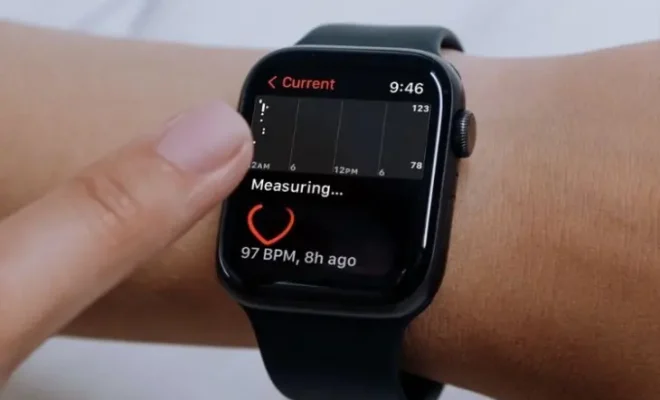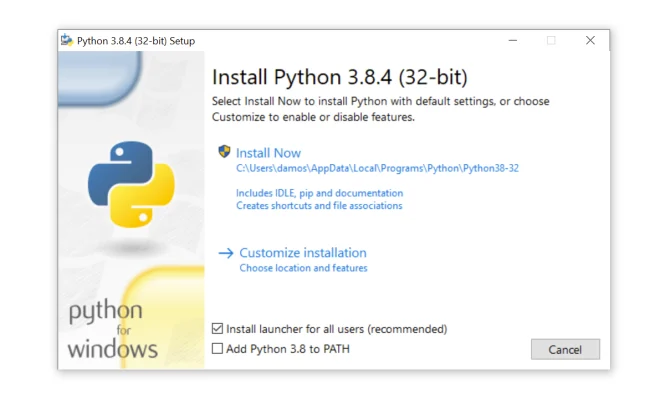What Is Heart Rate Variability (HRV) on Apple Watch, and Why Does It Matter?

Heart rate variability, or HRV, has been gaining attention in recent years as a key indicator of overall fitness and wellness, and now, the Apple Watch has made it even easier for people to measure and monitor their HRV levels. But what exactly is HRV, and why is it so important?
First, let’s define what HRV is. When you take a pulse measurement, you might assume that your heart beats at a regular, consistent rate. But in reality, the time between beats can actually vary by small amounts. This variability, known as HRV, reflects the balance between the parasympathetic and sympathetic branches of your autonomic nervous system. In simple terms, your parasympathetic system is responsible for rest and recovery, while your sympathetic system is responsible for fight or flight responses.
Measuring HRV essentially involves tracking these tiny variations in your heart rate and using them to gain insight into your overall health and readiness. Higher HRV is generally associated with better health outcomes, as it indicates a more efficient autonomic nervous system that responds appropriately to stressors and promotes recovery. On the other hand, lower HRV can be a sign of chronic stress, overtraining, or other health issues.
So, why does HRV matter? For one, it can provide a more accurate picture of your overall fitness levels and recovery status. If you’re working out consistently, for example, your HRV may be higher on days when you’re feeling well-rested and properly fueled, while lower HRV can indicate you need to take a break or adjust your training plan.
HRV can also be a helpful tool for managing stress and anxiety. By tracking your HRV, you can identify patterns and triggers that may be impacting your nervous system and make adjustments accordingly. Over time, this can lead to improved mental health and reduced stress levels.
Now, back to the Apple Watch. With the latest software updates, Apple has added HRV tracking capabilities to its wearable device, making it easier than ever to monitor and track this important health metric. The watch uses data from the built-in heart rate sensor to track HRV throughout the day, and can provide personalized insights and recommendations based on your individual readings.
To use the HRV feature on your Apple Watch, simply open the Heart app and select the HRV tab. You’ll see a graph of your HRV readings over the past 24 hours, and can also access historical data and trends by scrolling down. You can also enable notifications to remind you to take HRV readings throughout the day, or set up personalized goals and reminders to help you improve your HRV over time.
In conclusion, HRV is an important metric that can provide valuable insights into your overall health and wellness. By tracking HRV with the help of wearable devices like the Apple Watch, you can gain a better understanding of your body’s response to stressors and make adjustments to your lifestyle, training, and recovery strategies accordingly. So, if you haven’t already, start paying attention to your HRV – your body will thank you for it!






